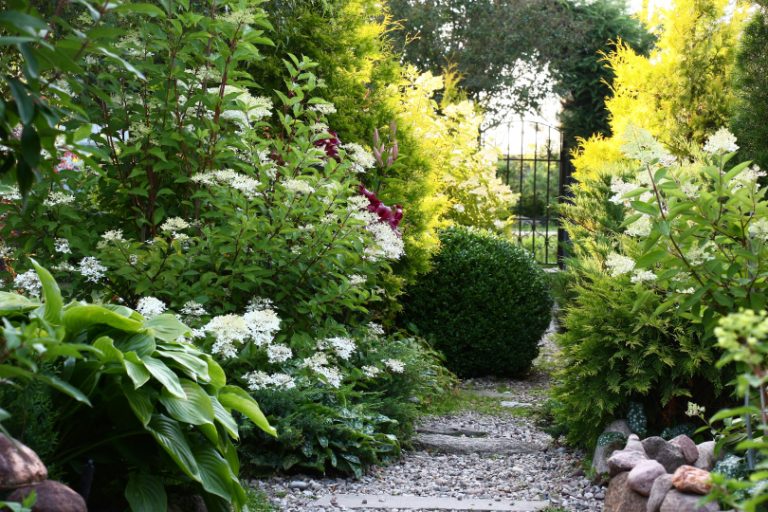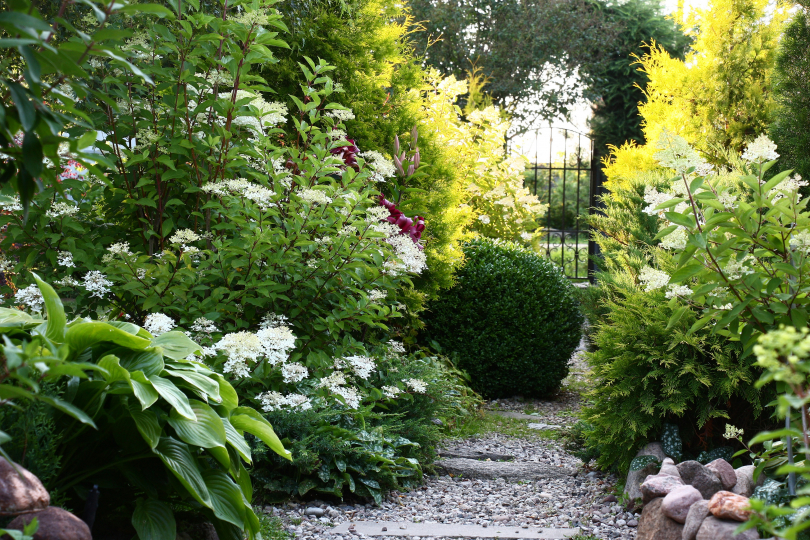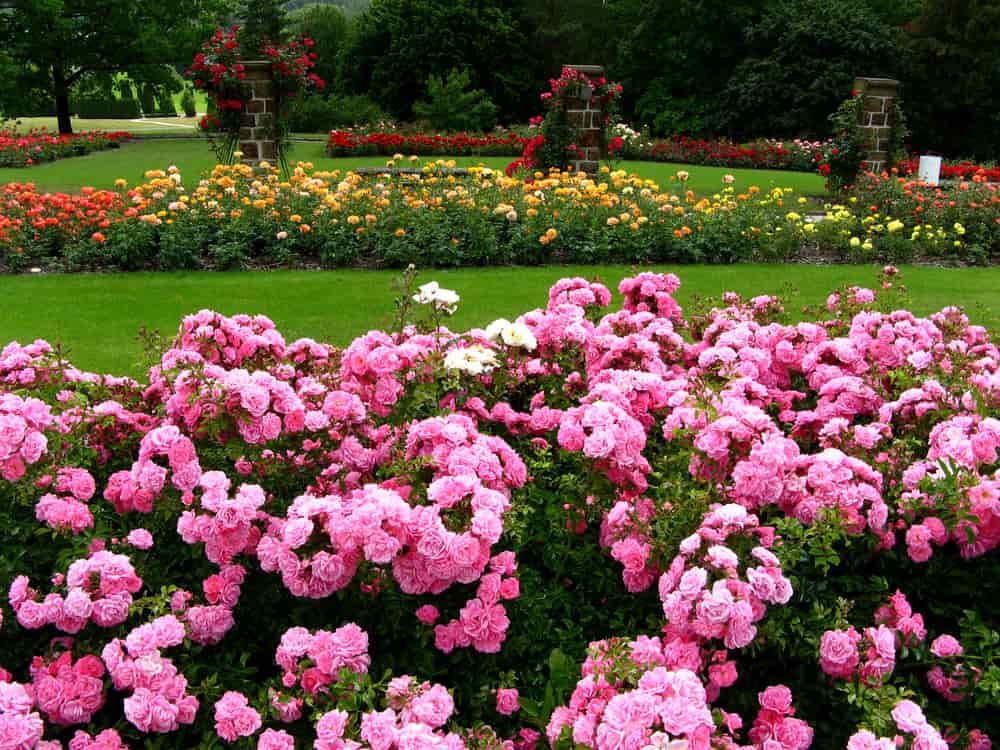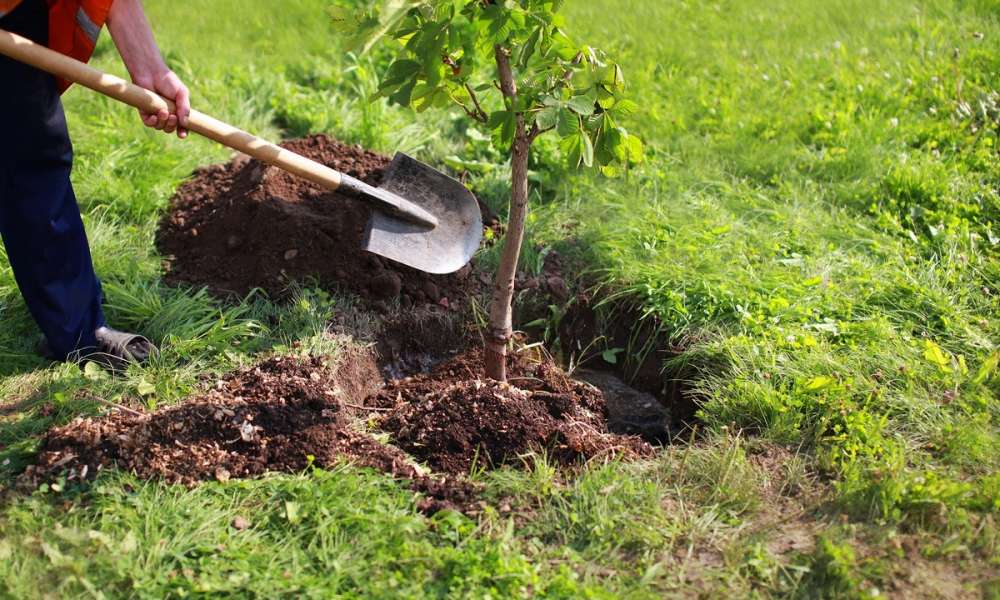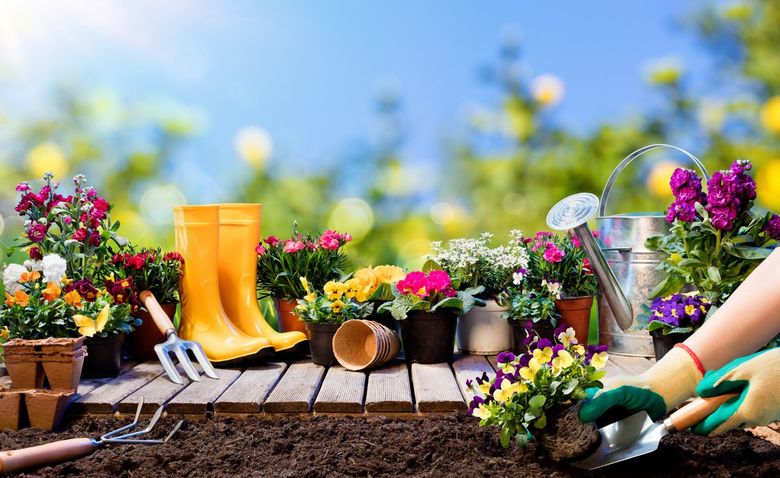All important tasks of gardening in winter. Because even in winter there is a lot to do in the garden and you can use the time.
When the days get shorter, it’s wet and cold outside and winter comes, there’s not much to do in the garden. Despite this, there are some important jobs in the garden that must also be carried out in winter. In the following article, we will show you which activities these are.
Gardening in winter is important
Many people mistakenly think that there will be no more gardening once winter has set in. The frost-sensitive plants were already protected from frost in autumn, the flower bulbs for the following spring were also planted and the trees and shrubs were also pruned. But even in winter, hobby gardeners have to do some important work so that the plants get through the winter well. In addition, you have to grit the sidewalk in winter, which should not be forgotten.
1) Remove snow

In winter it may be necessary to free the plants and shrubs from the snow load so that they do not break underneath (snow breakage). Care must be taken here to prevent the individual branches from breaking off when the snow is shaken off. The snow load can be swept away with the help of a small hand broom. Plants that are particularly susceptible to breakage should be tied together in advance.
2) Water potted plants
If the winter is very dry, evergreen plants should also be watered in the cold season when the ground is free of frost and snow. However, the addition of fertilizer should be avoided in winter. Potted plants that may have been kept indoors over the winter months also need water, albeit in reduced quantities.
3) Cut down trees
If there are trees in the garden that have to be felled, this project should definitely be carried out in winter. At this time of year, the trees are completely stripped of their leaves and there is no longer any sap in them. The wood can then be processed into firewood afterward. Or if there is a coniferous tree in the garden and it is big enough, it can serve as a Christmas tree. Then the whole family can decorate the Christmas tree.
4) Winter bloomers in the garden
Many different, particularly decorative winter flowering bulbs are available for garden design in winter, but they must be planted on the spot in spring. Christmas roses, crocuses, snowdrops, winter jasmine, witch hazel, and many evergreen plants such as ivy, boxwood, and conifers are among the hardy plants and ensure a handsome garden picture even in the cold season. However, these plants also need a little attention in winter. The winter bloomers also have to be freed from the snow load and the branches of climbing plants may have to be tied to climbing aids in order to stabilize them.

5) Maintain machines and tools
Because there is generally less to do in winter, the opportunity can be used to get all machines, devices, and tools in good shape. In addition, read about the important equipment needed for gardening.



